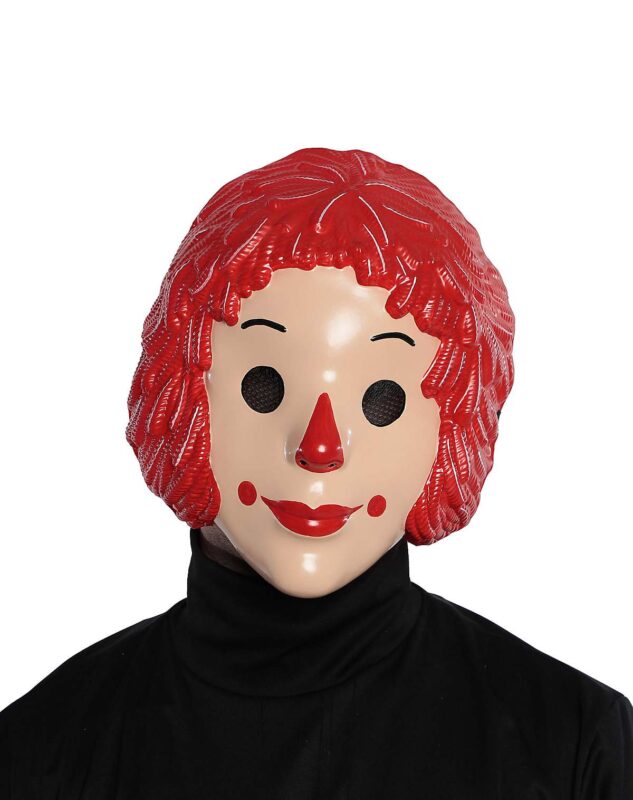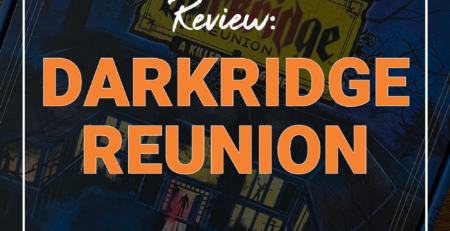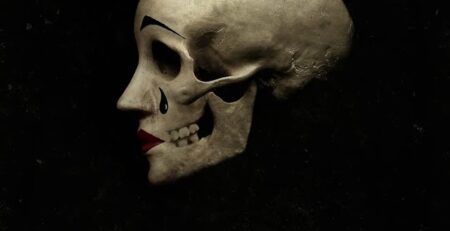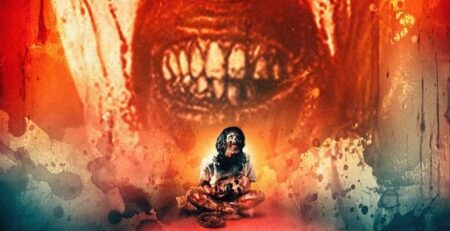Why Are Dolls So Creepy?
We’ve probably all wondered at one time or another…Why are dolls so creepy? Is it the way their eyes seem to stare back at us? Is it the feeling that they could start moving and talking at any moment? Is it because they look like us?
Whether we played with dolls growing up or not, there was probably a point in our lives when we first started to think of them as “creepy.” It could have been a single, terrifying moment, a TV show or movie, or a feeling that grew over time, but eventually, most of us realize that dolls have a scary side.
Dolls have served many different roles in societies all over the world, and have become more realistic over time. We think of them primarily as toys, but by 1816, a writer named E.T.A. Hoffman wrote a short story called “The Sandman,” which may have introduced the creepy doll trope into popular culture. The main character is attracted to a woman who turns out to be a bewitched wind-up doll, and who may have also killed his father.
There are a few other instances of creepy dolls throughout the 1800s and early 1900s, but by 1963, doll horror in popular culture took a decidedly sinister turn.
The Twilight Zone
The November 1st, 1963 episode of The Twilight Zone features a life-sized doll named “Talky Tina,” which was based on the wildly popular doll, Chatty Cathy. Arguably one of the most memorable episodes of one of the scariest TV shows of all time, our hearts all skipped a collective beat when Tina declared, “My name is Talky Tina, and I’m going to kill you.”
Chucky
We can’t talk about nightmarish dolls without referencing the wildly-popular Child’s Play, released in 1988, which featured the now-iconic Chucky. Possessed by the spirit of a serial killer, this “Good Guys” doll instilled fear in millions. Chucky is probably the most well-known creepy doll in popular culture. Unlike other instances of dolls that terrify with their silence, Chucky talks, makes jokes, runs around, and wields a knife. He is probably the least subtle of the creepy dolls and vividly brings to life all of the unfulfilled ambitions of “Talky Tina.”
The X-Files
A creepy doll featured in a 1998 episode of The X-Files, written by Stephen King, called “Chinga.” On vacation in Maine, Dana Scully gets involved in a local murder investigation related to a young girl and her creepy doll. Though Scully seems to ultimately prevail over Chinga when she throws it in a microwave, the chilling final shot of a fisherman finding the burned doll in a lobster trap tells us that this horror will live on.
Annabelle
Of course, there are the highly popular Conjuring universe spin-off films about Annabelle. These films have re-invigorated the undeniably creepy nature doll horror, and have filled the vacuum left by the trailing off of the Chucky franchise. The fact that this is supposedly based on a true story from the lives and work of demonologists Ed and Lorraine Warren makes it all the more unsettling. The first Annabelle movie presents another example of a doll that creates fear by never really moving. Though its power is alluded to, we never really see it move. This anticipatory dread sustains most of the film.
Servant
More recently, the M. Night Shyamalan series on Apple TV, called Servant, utilized a so-called, “Reborn Doll” for dramatic and terrifying effect. In this series, we truly face the unsettling nature of dolls that look hyper-real. Closely resembling the appearance of a human child, its total silence and stillness create instant shudders. Its expressionless face acts as a lynchpin for the rest of the show’s horrific elements.
What Scares Us About Dolls
Japanese roboticist Masahiro Mori coined the term “uncanny valley” in 1970. Leveraging the work of psychologists like Freud, this term describes the dip in emotional response humans tend to exhibit when viewing a realistic, human-like object, whether that is a robot, a mannequin, or a doll. The closer this object comes to replicating a human, the more unease we tend to experience. Though discussions about why dolls are creepy can quickly veer into the abstract and psychological, it’s ultimately what we expect them to do that scares us.
Every time we turn around in the presence of dolls, we expect to hear a giggle or the patter of little plastic feet. Every time we return to a room that a doll inhabits, we expect to see it in a different location. We study the arrangement of its arms and legs, and we look for a changed expression. Though intellectually we know that dolls should not come to life, out fears tell us otherwise.
Convinced that dolls are terrifying? Explore a selection of our doll masks and costumes to freak out everyone you know this Halloween season:
We’ve probably all wondered at one time or another…Why are dolls so creepy? Is it the way their eyes seem to stare back at us? Is it the feeling that they could start moving and talking at any moment? Is it because they look like us?
Whether we played with dolls growing up or not, there was probably a point in our lives when we first started to think of them as “creepy.” It could have been a single, terrifying moment, a TV show or movie, or a feeling that grew over time, but eventually, most of us realize that dolls have a scary side.
Dolls have served many different roles in societies all over the world, and have become more realistic over time. We think of them primarily as toys, but by 1816, a writer named E.T.A. Hoffman wrote a short story called “The Sandman,” which may have introduced the creepy doll trope into popular culture. The main character is attracted to a woman who turns out to be a bewitched wind-up doll, and who may have also killed his father.
There are a few other instances of creepy dolls throughout the 1800s and early 1900s, but by 1963, doll horror in popular culture took a decidedly sinister turn.
The Twilight Zone
The November 1st, 1963 episode of The Twilight Zone features a life-sized doll named “Talky Tina,” which was based on the wildly popular doll, Chatty Cathy. Arguably one of the most memorable episodes of one of the scariest TV shows of all time, our hearts all skipped a collective beat when Tina declared, “My name is Talky Tina, and I’m going to kill you.”
Chucky
We can’t talk about nightmarish dolls without referencing the wildly-popular Child’s Play, released in 1988, which featured the now-iconic Chucky. Possessed by the spirit of a serial killer, this “Good Guys” doll instilled fear in millions. Chucky is probably the most well-known creepy doll in popular culture. Unlike other instances of dolls that terrify with their silence, Chucky talks, makes jokes, runs around, and wields a knife. He is probably the least subtle of the creepy dolls and vividly brings to life all of the unfulfilled ambitions of “Talky Tina.”
The X-Files
A creepy doll featured in a 1998 episode of The X-Files, written by Stephen King, called “Chinga.” On vacation in Maine, Dana Scully gets involved in a local murder investigation related to a young girl and her creepy doll. Though Scully seems to ultimately prevail over Chinga when she throws it in a microwave, the chilling final shot of a fisherman finding the burned doll in a lobster trap tells us that this horror will live on.
Annabelle
Of course, there are the highly popular Conjuring universe spin-off films about Annabelle. These films have re-invigorated the undeniably creepy nature doll horror, and have filled the vacuum left by the trailing off of the Chucky franchise. The fact that this is supposedly based on a true story from the lives and work of demonologists Ed and Lorraine Warren makes it all the more unsettling. The first Annabelle movie presents another example of a doll that creates fear by never really moving. Though its power is alluded to, we never really see it move. This anticipatory dread sustains most of the film.
Servant
More recently, the M. Night Shyamalan series on Apple TV, called Servant, utilized a so-called, “Reborn Doll” for dramatic and terrifying effect. In this series, we truly face the unsettling nature of dolls that look hyper-real. Closely resembling the appearance of a human child, its total silence and stillness create instant shudders. Its expressionless face acts as a lynchpin for the rest of the show’s horrific elements.
What Scares Us About Dolls
Japanese roboticist Masahiro Mori coined the term “uncanny valley” in 1970. Leveraging the work of psychologists like Freud, this term describes the dip in emotional response humans tend to exhibit when viewing a realistic, human-like object, whether that is a robot, a mannequin, or a doll. The closer this object comes to replicating a human, the more unease we tend to experience. Though discussions about why dolls are creepy can quickly veer into the abstract and psychological, it’s ultimately what we expect them to do that scares us.
Every time we turn around in the presence of dolls, we expect to hear a giggle or the patter of little plastic feet. Every time we return to a room that a doll inhabits, we expect to see it in a different location. We study the arrangement of its arms and legs, and we look for a changed expression. Though intellectually we know that dolls should not come to life, out fears tell us otherwise.
Convinced that dolls are terrifying? Explore a selection of our doll masks and costumes to freak out everyone you know this Halloween season:
Disclaimer: all images are owned and copyright by their respective owners and website (www.spirithalloween.com) and “https://creeperfeatures.com/blog” is for news, information, product news and reviews.










